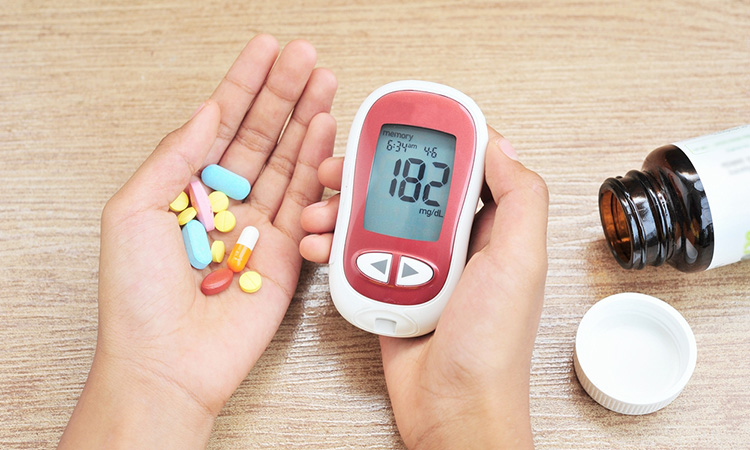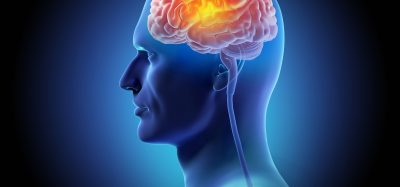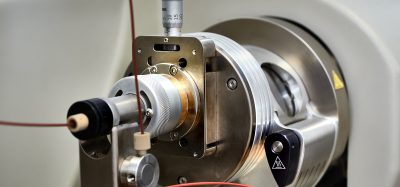New study could lead to diabetes treatment with fewer side effects
Posted: 16 March 2022 | Ria Kakkad (Drug Target Review) | No comments yet
Researchers from the University of Pennsylvania may have discovered how to eliminate the risk of weight gain from certain diabetes medications by uncovering the difference between two varieties of a protein.


A new study from the Perelman School of Medicine at the University of Pennsylvania, US has recently revealed how to eliminate the risk of weight gain from a certain type of diabetes medication. It is therefore possible that more diabetes patients could potentially get more effective treatment from modified thiazolidinediones, which many likely avoid in its current form due to side effects. These findings were recently published in Genes & Development.
Due to side effects such as weight gain, popularity of diabetes drugs called thiazolidinediones, also known as glitazones, has decreased. They work by activating a fat cell protein called PPARgamma (PPARγ). The protein occurs in two forms, PPARγ1 and PPARγ2, whose functional differences have been unclear. However, when researchers examined each form of the protein on its own, they found that activating just PPARγ2 with a thiazolidinedione drug protects mice from diabetes-like metabolic changes — without causing weight gain.
This has led some researchers to investigate whether new compounds could be developed that retain these drugs’ therapeutic effects while having fewer side effects. To do this, the team approached closely analysed thiazolidinediones’ target, PPARγ, which helps control fat cell production. The scientists studied two lines of mice: one greatly deficient in one form of the protein, PPARγ1, the other greatly deficient in PPARγ2. In the mice, the scientists showed that activating PPARγ1 or PPARγ2 with a thiazolidinedione had an anti-diabetic effect in each case, protecting mice from the metabolic harm of a high-fat diet.
Biomarkers aren’t just supporting drug discovery – they’re driving it
FREE market report
From smarter trials to faster insights, this report unpacks the science, strategy and real-world impact behind the next generation of precision therapies.
What you’ll unlock:
- How biomarkers are guiding dose selection and early efficacy decisions in complex trials
- Why multi-omics, liquid biopsy and digital tools are redefining the discovery process
- What makes lab data regulatory-ready and why alignment matters from day one
Explore how biomarkers are shaping early drug development
Access the full report – it’s free!
However, the researchers discovered that activation of these two forms has subtly different downstream effects on gene activity. Specifically, in the PPARγ1-deficient mice (in which most of the present PPARγ takes the form of PPARγ2), the thiazolidinedione treatment caused no weight gain.
The finding therefore suggests that it may be possible to realise the benefits of thiazolidinediones without the weight gain side effect, by activating only PPARγ2 and not PPARγ1.
“We are now studying in more detail how PPARγ1 and PPARγ2 work and how they differ, in the hope of finding ways to selectively activate PPARγ2,” said study senior author, Dr Mitchell Lazar.
Related topics
Drug Delivery, Drug Development, Drug Discovery, Drug Discovery Processes, Drug Leads, Drug Repurposing, Drug Targets, Protein, Research & Development, Therapeutics
Related organisations
The Perelman School of Medicine at the University of Pennsylvania
Related people
Dr Mitchell Lazar








